Cooking often brings families together and contributes to far more than just our physical sustenance. Yet every year 4 million people die from the health impacts of toxic smoke from cooking over traditional open fires or inefficient cookstoves.
To address this challenge, the Global Alliance for Clean Cookstoves is working to create a thriving global market for clean cookstoves and fuels. Last week, the Alliance was in Kenya, where nearly 70% of the population uses firewood for their daily cooking needs.
We traveled to Maragwa in central Kenya to visit with rural women who use both traditional cooking methods and improved cookstoves manufactured locally by entrepreneurs within the community. Here’s what we saw:
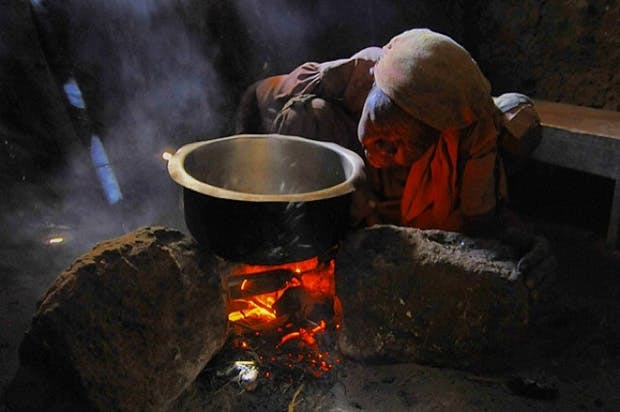
A Kenyan woman cooks with wood, her pot resting over a traditional “three stone fire,” while smoke fills the inside of her home. In rural Kenya, more than 95% of the population uses wood gathered from local forests for cooking fuel. Photo credit: Alex Kamweru/UN Foundation
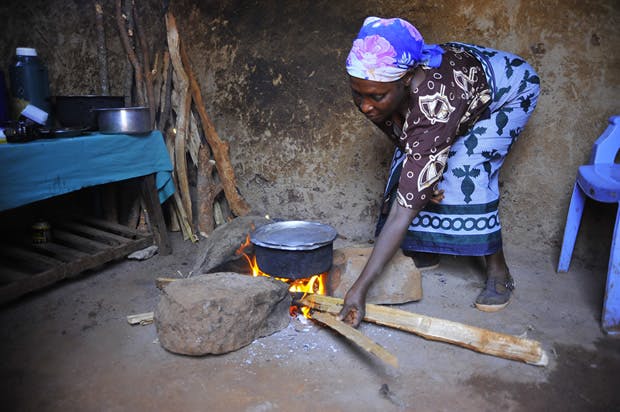
This young woman has to continuously feed her cooking fire with wood, which burns less efficiently than it would in an improved cookstove. Photo credit: Alex Kamweru/UN Foundation
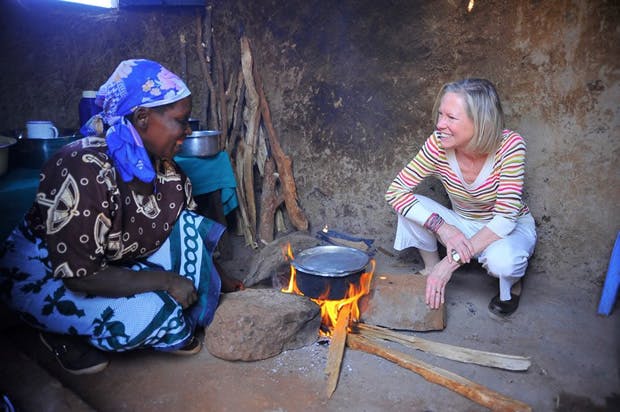
Kathy Calvin, Alliance Advisory Council Chair and President & CEO of the UN Foundation, listened to the challenges and aspirations of women, like the one pictured, who cook for their families over traditional fires. Photo credit: Alex Kamweru/UN Foundation
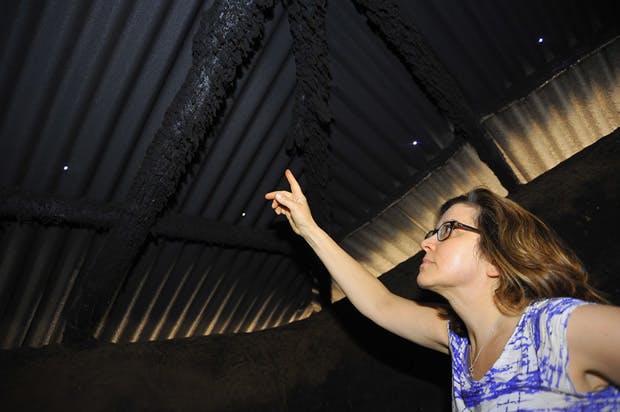
Sally Lee, Alliance Advisory Council member and Senior Vice President at Meredith Corporation, points out the dense collection of smoke and soot on the wall and roof of a rural Kenya home from years of cooking indoors over an open fire. Photo credit: Alex Kamweru/UN Foundation
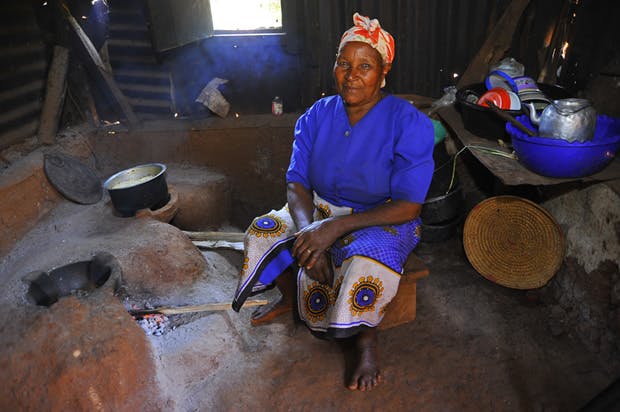
This local woman sits next to the two improved cookstoves she purchased, which are built into her kitchen with the help of local entrepreneurs trained by Alliance partners in Kenya. Not only does her improved stove cook faster and with less wood, but the smoke inside her home is significantly reduced. Photo credit: Alex Kamweru/UN Foundation
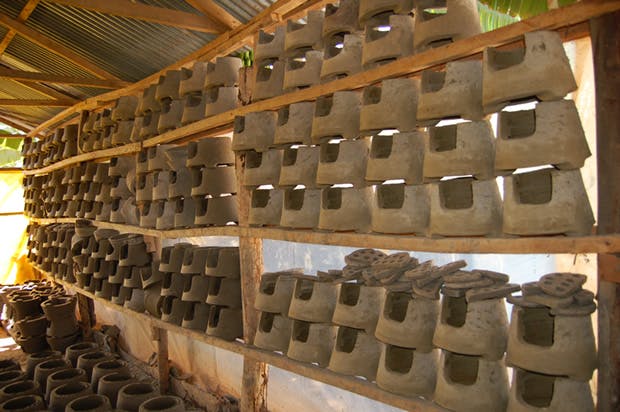
Cookstoves available in the Maragwan market come from local factories including the one above, which produces wood and charcoal burning stoves sold to the consumer for approximately Kes 1,000 (around $10 USD). The ceramic cookstove liners dry before being encased in metal cladding for the local market. Photo credit: Chloe Shields/UN Foundation
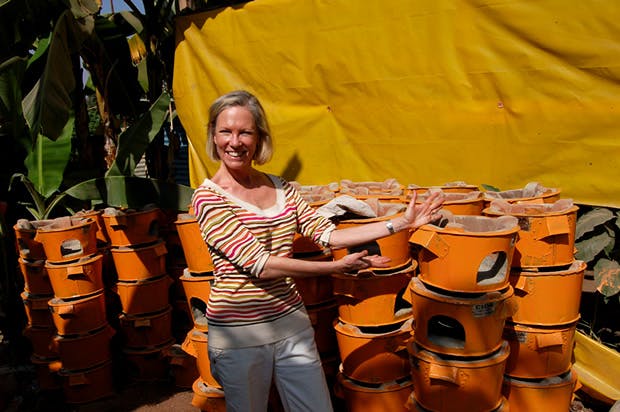
UN Foundation President & CEO Kathy Calvin stands with improved wood burning cookstoves that are headed to the UN Refugee Agency’s Dadaab refugee camp in Northern Kenya. Photo credit: Chloe Shields/UN Foundation
To learn more about this issue, follow the Global Alliance for Clean Cookstoves on Twitter at: @cookstoves.



 View All Blog Posts
View All Blog Posts